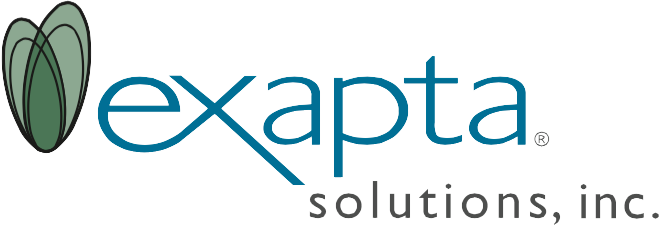by Matt Hagny, freelance agronomic consultant since ’94
For the winter wheat (or cereal rye) you may be about to plant, will it have enough nutrients for what it needs to do this fall? Lack of N and other nutrients will affect winterhardiness, as well as tillering, weed suppression, and yield.
Many people drill winter wheat into freshly harvested soybean stubble, which has essentially zero soil nitrate – the soybeans took everything, and you don’t get any significant release of the N contained in that mulch (and roots) until late the following spring (about the time the wheat is filling grain) when decomposition again becomes significant. The same can be said for other crops that mature just prior to winter wheat seeding, such as milo (grain sorghum) – although that’s a lousy seedbed for wheat anyway. In some areas, proso millet is harvested only a couple weeks ahead of winter wheat drilling, and it similarly has very little soil nitrate in most cases (unless it was fertilized lavishly, which usually isn’t the case).
Crops that mature several months before winter wheat seeding usually leave a better soil nitrate status, but it depends on how much moisture there is to decompose the roots & mulch, as well as the N status of that crop. If the previous crop was N-starved, or barely had enough, those residues will be tying up N rather than releasing it for quite some time. Temperature & moisture play a role as well. For instance, western KS and eastern CO (& the western Dakotas) are much drier and cooler than central KS, so the release of N and other nutrients from the previous crop will be considerably slower. For instance, second-year wheat in central KS usually doesn’t need any fall N from fertilizer unless there was a cover-crop grown between the ‘stacked’ wheat crops. Whereas in western KS, that second-year wheat crop may very well need a considerable amount of fall N fertilizer.
How much? What I’m talking about is extra N beyond what can be safely applied in the seed-row as pop-up, some of which comes along with your P fertilizer when using 11-52-0 or 10-34-0, and often I encourage additional N to be blended in (some forms are safer than others – see the research results starting on p15 of this K-State pdf), within strict limits. For wheat following soybeans, this additional amount that isn’t in the pop-up and must be applied some other way is often in the neighborhood of another 40 – 50#/a of actual N. Getting the extra N out there in a way that doesn’t damage the seed/seedling requires either extra openers in the soil (which I dislike unless you’re in Canada and have plenty of mulch to spare), or a surface application (my preferred method, at least in climates where it rains occasionally). For surface applications, don’t spray it on – use only streams for liquid N. And preferably use dry product, as it doesn’t degrade the surface mulch as much. This surface N application should be applied as soon as possible (i.e., immediately after soybean harvest) to maximize the chance of adequate precip occurring to move the fertilizer into the root zone before the crop needs it. In some cases, the entire N supply for the crop can be applied in the fall rather than just 40 – 50#, but in areas prone to leaching or denitrification, you’ll want to split it and come back with the balance in early spring (have it in place before jointing commences).
Some people attempt to apply all of the extra N that’s needed for fall growth with their pop-up using a product such as ESN (poly-coated urea), but I’m not keen on this because it doesn’t supply adequate N quickly enough – some of the N in ESN is immediately available, but much of it takes a very long time to become available. To get enough to really do what you need becomes prohibitively expensive.
While you’re at it, make sure you’ve got the other nutrients covered. Including a sulfur source with your surface-applied N is a wonderful way to boost yields.
Even if you’re just doing cereal rye as a cover crop ahead of soybeans, you want it to achieve a certain amount of growth to do any good. In many cases, rye seeded into corn stalks will have enough N & S leftover from the corn. But if the corn crop was very high-yielding, or otherwise became N-limited, the rye will barely grow, and may even partly die-off during the winter. It will be so stunted it won’t achieve anything you set out to accomplish by seeding it. So there are many cases where it’s wise to also fertilize this cover crop – so that it can provide benefit to the following soybean crop (which it does, via weed suppression and improved moisture efficiency late in the season, among other helpful effects), it needs to put on a certain amount of growth which it cannot do if very starved for N or S. Note that we’re not necessarily trying for maximum growth of the cereal rye – it can get too heavy and create issues. We usually want a medium amount of growth, which you can control by seeding date, population, and amount of N supplied. To get the right amount of N everywhere, look to mapping and VR.
We at Exapta are wishing you a safe harvest, and good crops – this year, and next!
